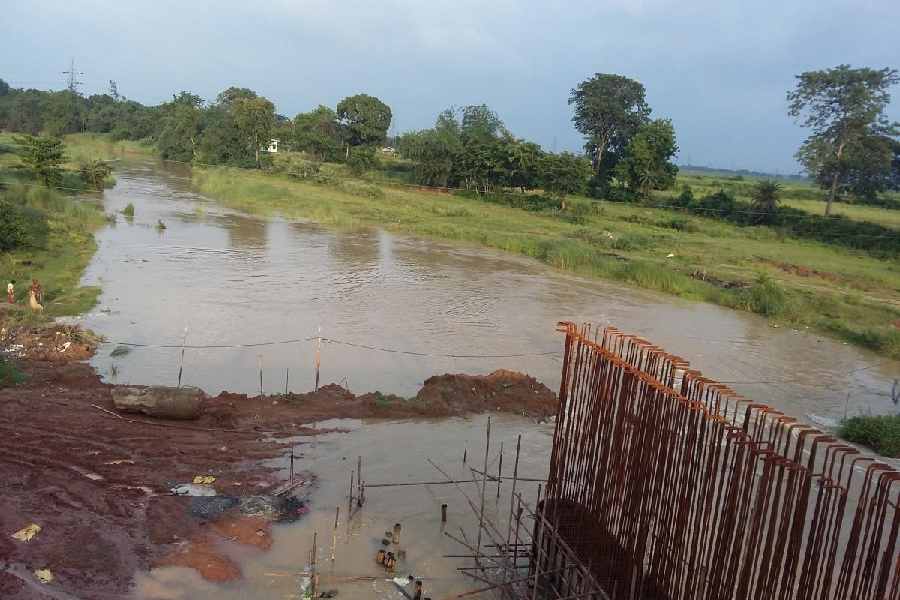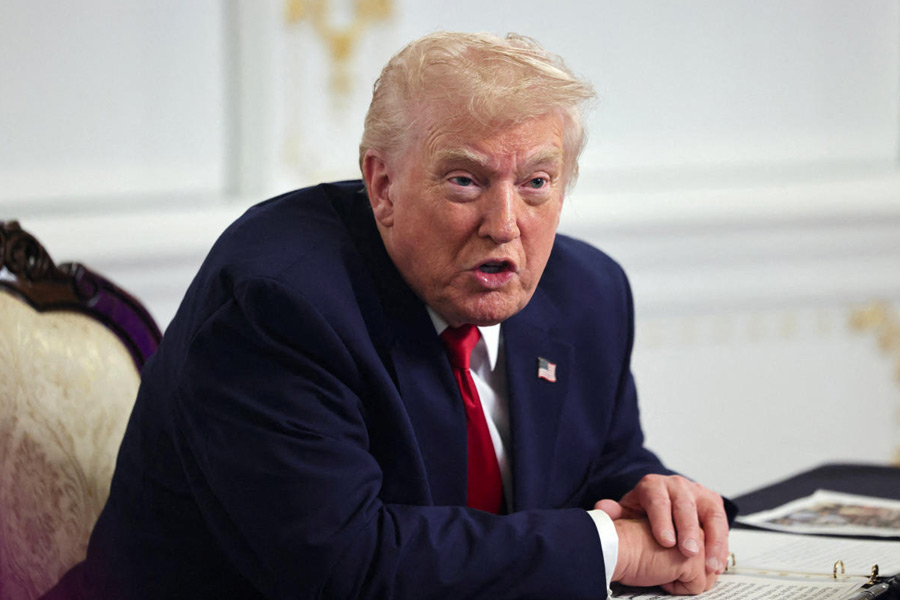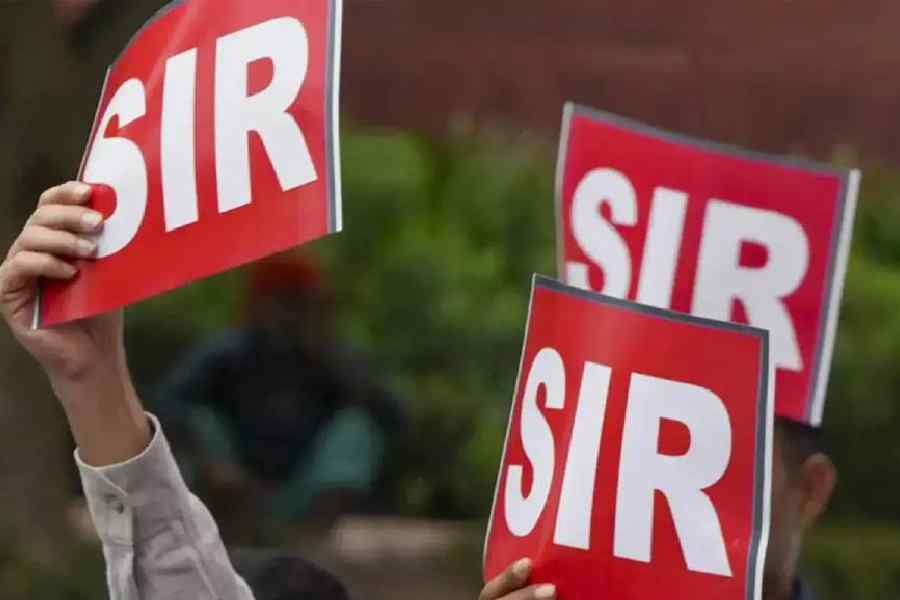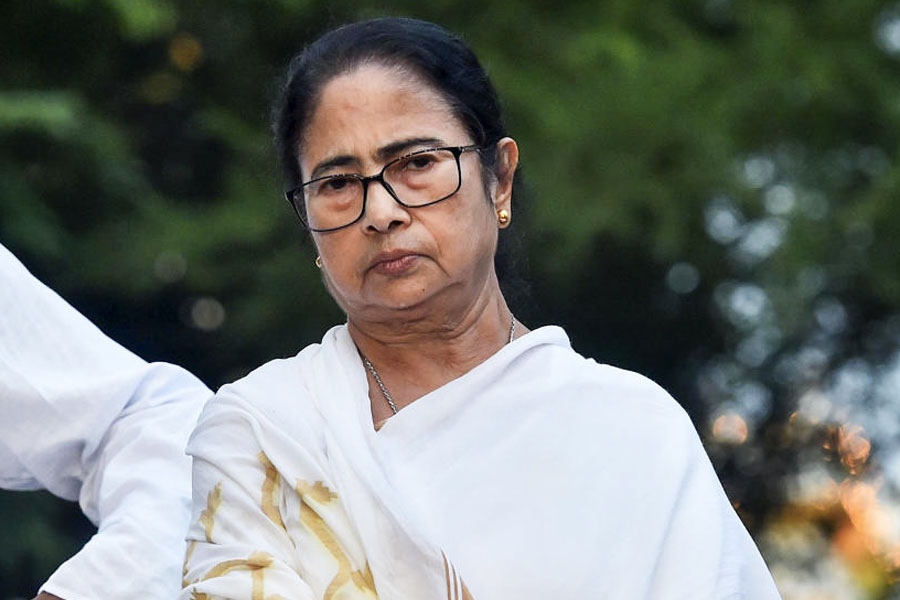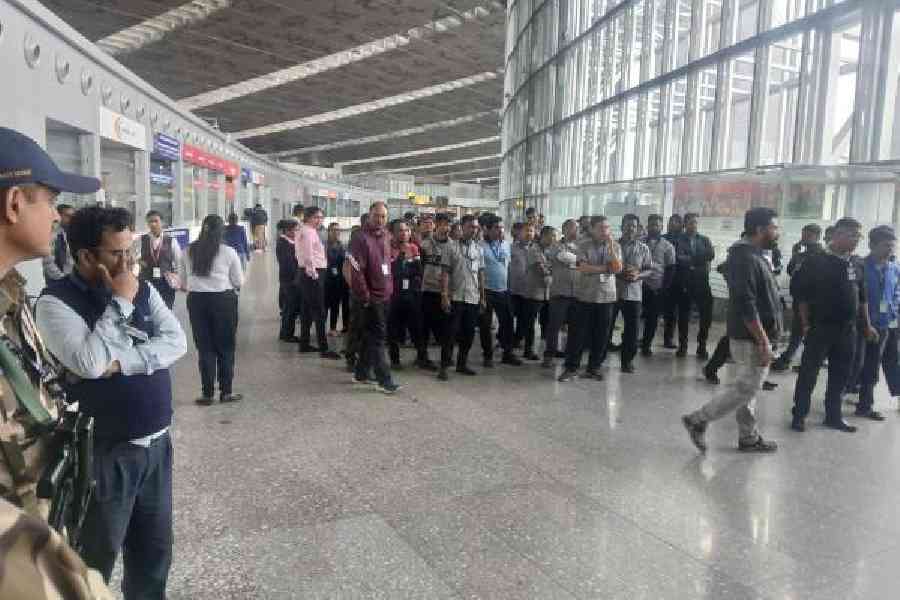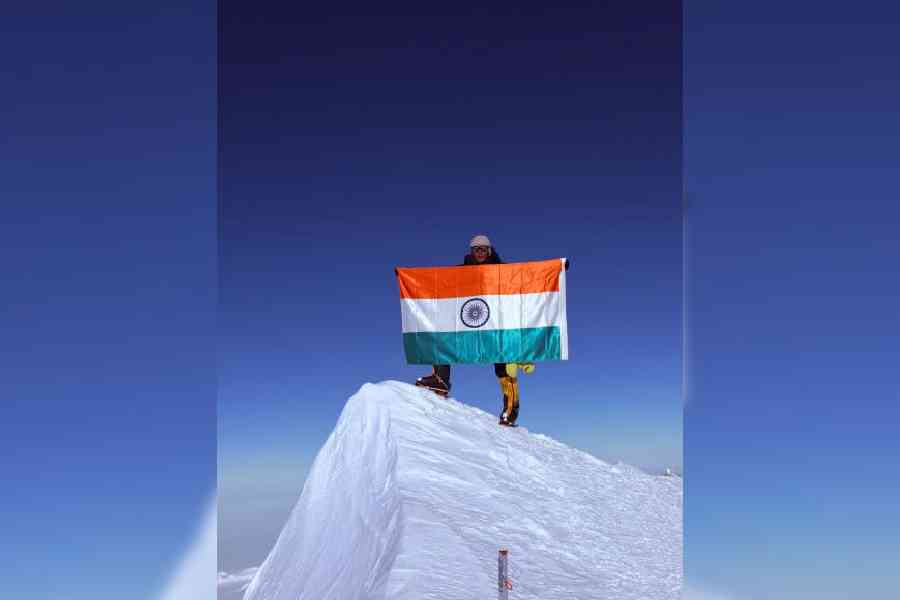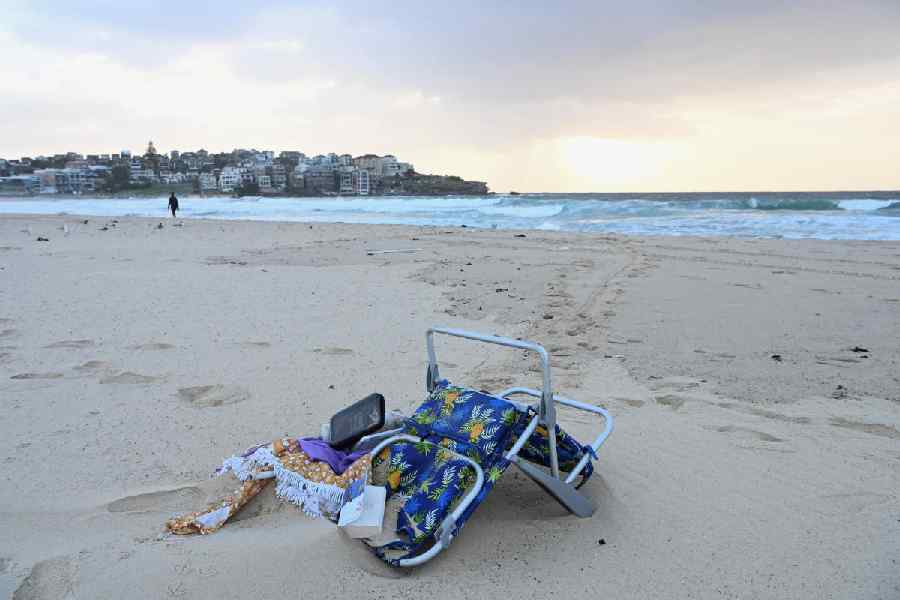One morning on the banks of the Bachko river off Ranaghat in Bengal’s Nadia district. Behind lies Hijuli forest and ahead, beyond the Bachko, stretches the mofussil town of Raghunathpur.
My companion that morning is Supratim Karmakar. A geographer by training and author of the Bengali book Joler Itikotha Nodir Upokotha, Karmakar has spent
the last two decades collecting stories of Bengal’s forgotten rivers.
“This river wasn’t always a khal or canal as described in the gram panchayat records,” says Karmakar. As he narrates it, the Bachko once flowed purposefully.
It originates from the Buriganga and flows through Nokari and Magurkhali villages before merging with the Hangor river near Baidyanathpur in Nadia.
The story goes that in the 18th century, Maharaja Krishnachandra of Nadia was journeying down this river in a boat rowed by a beautiful fisherwoman. At the end of the ride when he asked her if there was anything she wanted, the woman said she wanted to be his queen. It was for her that Krishnachandra built a palace near Haradham in Ranaghat.
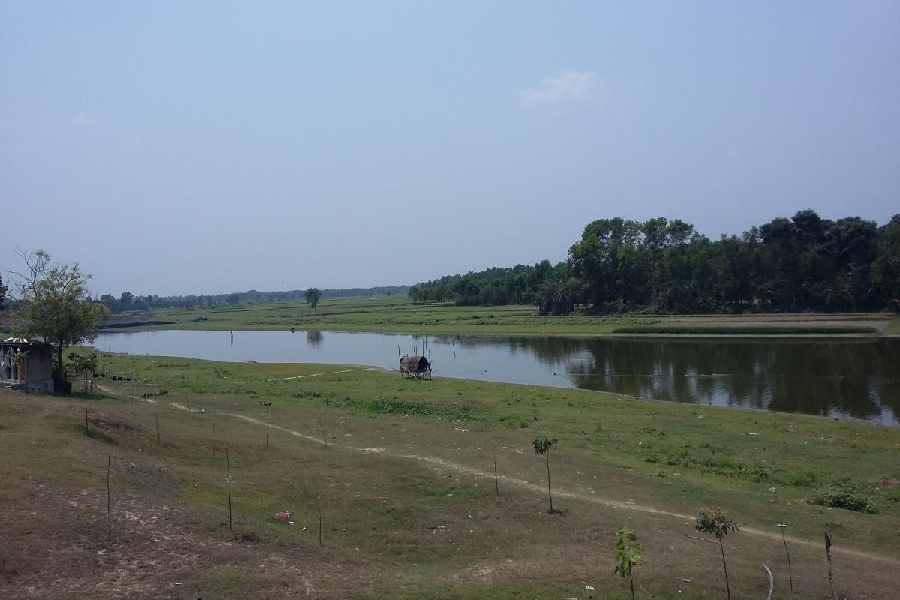
Alakananda river in Nadia.
Karmakar has dug up tales of rivers such as the Gandhar in North Dinajpur, Sonai in North 24-Parganas and Korola in Jalpaiguri. He says, “Rivers are silent witnesses to history. They shape our land, culture and stories.”
And goes on to add, “For me, it has never been about the Euphrates or the Nile. Never the mighty ones, always the forgotten ones such as the Nagor, Sankosh, Shilabati...”
As the day unravels, so does Karmakar’s yarn of river stories. He shares a pauranik tale that distinguishes a nodi (feminine of river) from a nod (the masculine).
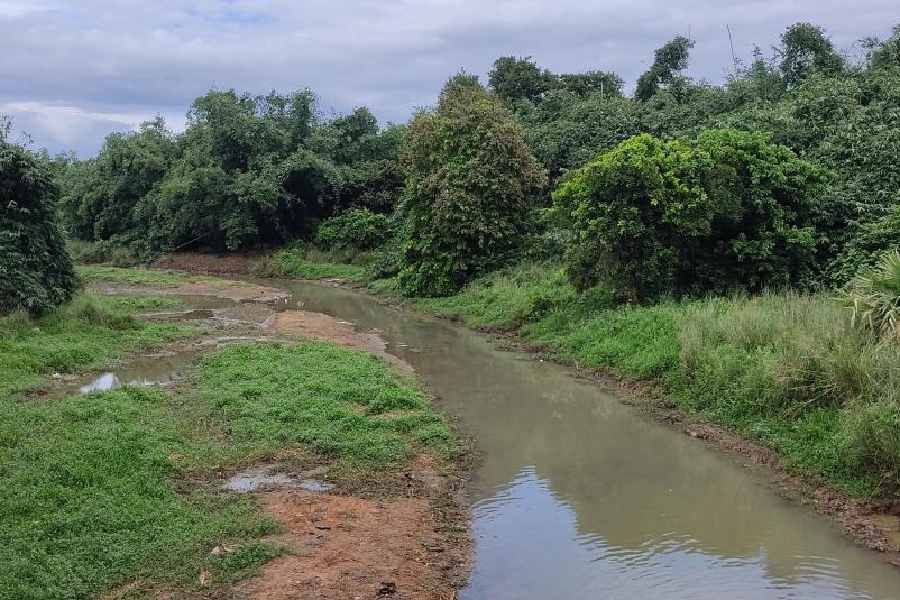
Dhushi river in Bengal.
Legend has it that from the primordial waters of the universe, Vishnu created Brahma, who in turn created humans. But with no land in sight, Brahma cast humanity out into a vast ocean. It was Adyashakti, who after slaying the demons Chanda and Munda, created Earth out of their blood. From Vishnu’s feet, the Vishnupadi Ganga sprung to quench the thirst of all living beings, and thereafter went on to give birth to all rivers.
The nods, Karmakar explains, are rivers personified by male gods who fell in love with the nodis and wanted to merge with them. But not all nodis accepted all nods, they refused to mingle and chose to unite with the mighty ocean instead.
In lexicographer Haricharan Bandopadhayay’s Bangiya Shabdakosh, a natural stream that is born of the mountain and joins the sea is called nod. And when a stream crosses “the length of eight thousand cows in a queue”, it qualifies as a nodi.
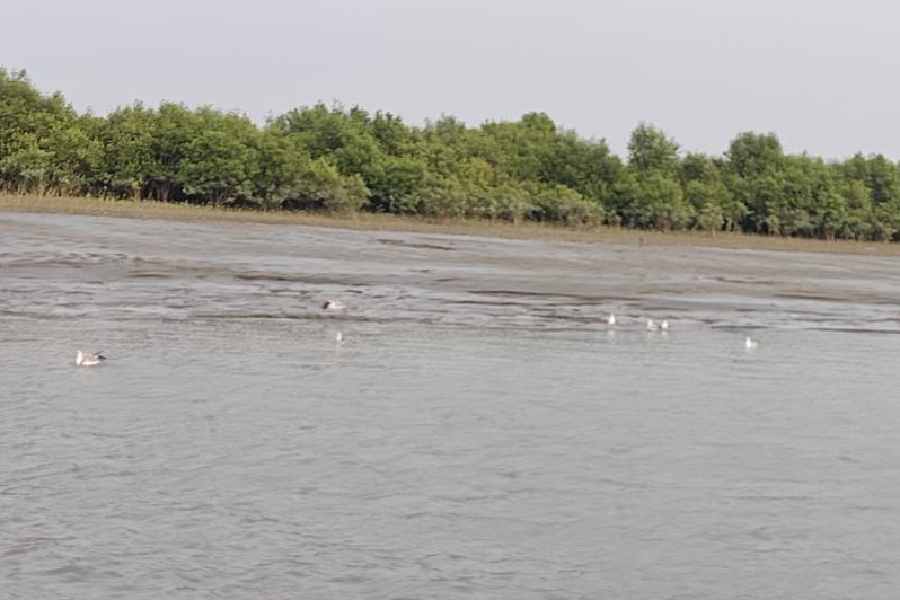
Thakuran river in the Sunderbans.
According to Karmakar, Panchanan Acharya, a primary school teacher in Murshidabad, stoked his interest in rivers. Acharya lives in Garibpur village on the banks of the Bhairab river. He is also a priest and an astrologer.
Karmakar has been compiling river tales since 2005. Most of the stories are yields of his travels from one village to another. He has also found some of the stories in his kitty, courtesy suburban researchers.
“The point of this initiative is preservation,” says publisher Subho Bondyopadhyay. “Karmakar interviews mostly elderly people. After them, these fables are likely to die, which is why I thought a compilation of forgotten and unheard-of river fables is a must. That’s how Joler Itikotha Nodir Upokotha came into being.”
Adds Karmakar, “It’s not just about geography, the nature of a river — its temperament and flow — directly influences the language — dialects and words — used by the people residing on its banks.” He goes on, “For instance, rivers with strong currents inspire intense language.”
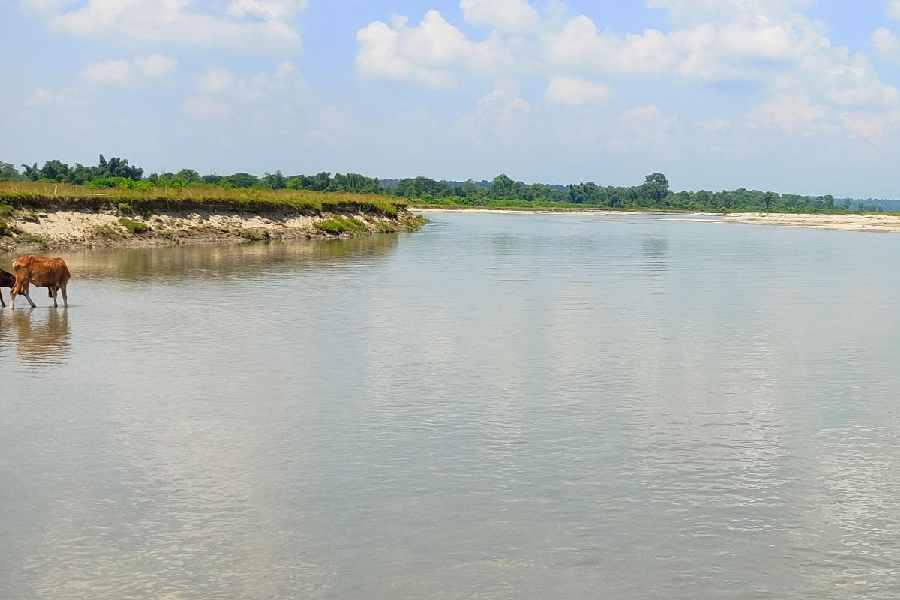
Kaljani river in Alipurduar.
The rushing sound of the river that originates in Purulia and flows through Bankura, East and West Midnapore, its constant “sai sai” murmur, prompted the local people to call it Kasai.
Not all stories are about the river, but around them; the river is the touchstone in these narratives.
Karmakar will tell you how in Murshidabad, along the banks of the Bhairab river, the people of Garibpur’s Thakur Para developed a secret language of their own. Something to do with caste intrigue.
Rivers also leave their mark on human vocabulary. People living along the steep banks of the Jalangi river in Nadia have a distinctive word for such edges — paudi. In Bongaon, those residing by the Ichhamati river use the word dhail for similar embankments. In the Sunderbans, they have a unique term for the brackish waters of their rivers — they call them dudhnonta or milk-salty.
Mid-conversation, Karmakar points to a railway bridge at a distance. He says, “Do you know that it was Bengal’s rivers that triggered the advent of the railways?”
In the mid-19th century, the British, greedy and keen to exploit Bengal’s resources, built extensive rail and road networks to ferry goods from areas inland to ports.
Arthur Cotton, a visionary British engineer, had warned against neglecting Bengal’s river-centric transport system. “Bengal’s rivers are the lifelines of its commerce,” he had argued in the British Parliament. But before his ideas could gain attention, the uprising of 1857 started, shifting British priorities to constructing railways and roads to facilitate troop movements.
In the early 20th century, the exploitation of Bengal’s resources peaked. The abolition of the zamindari system in 1953 marked another turning point. Zamindars, desperate to liquidate their assets, cleared vast areas of forest, selling timber to acquire huge profits before handing over their estates to the government.
“The loss of tree cover led to soil erosion, and as rainwater washed silt into Bengal’s smaller rivers, many of them began to dry up,” says Karmakar. “This river,” he continues, pointing to the Bachko “was once alive, vibrant. Now, it is fighting to survive, like so many others.”

